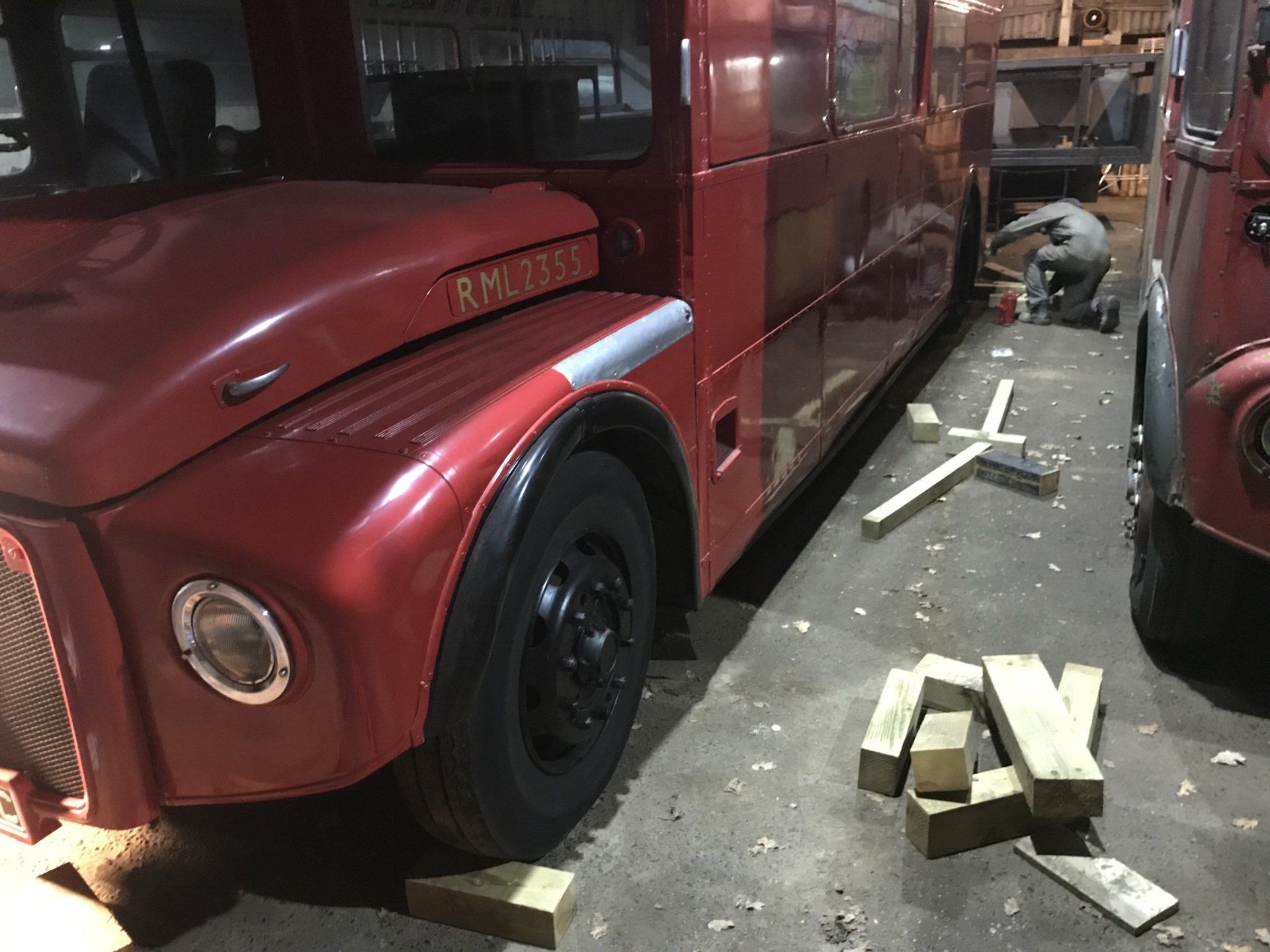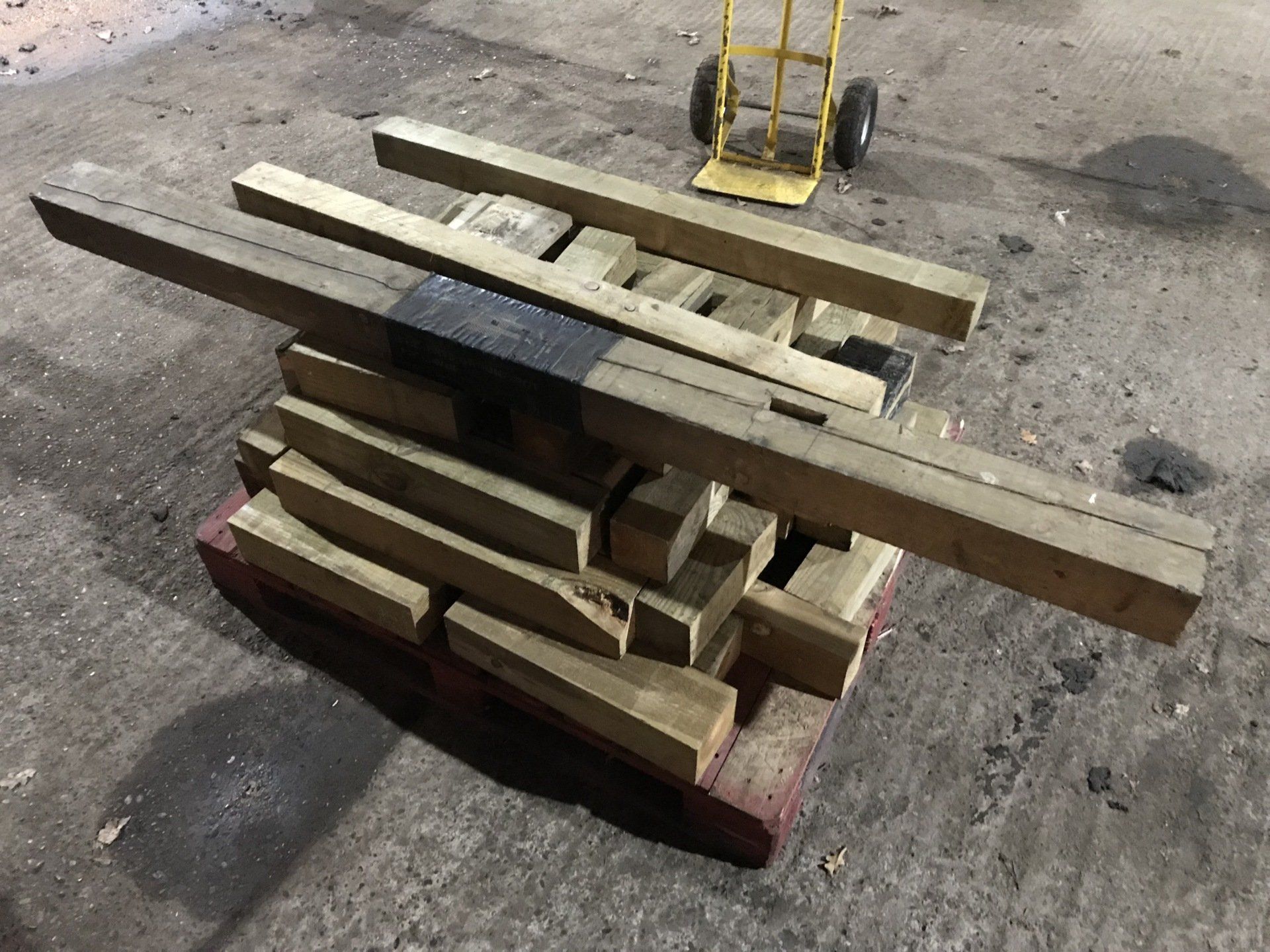Did it work? Was the tank the reason for our mobile bar failure?

Did it work? Has it solved our horrible running issue? Well it took a little longer because I found another issue with her whilst I was underneath……
A bloody piece of exhaust was missing!!
My first thought was: THIS IS WHAT’S BEEN CAUSING THE ISSUE! But after a proper examination that’s simply not possible because the piece missing is part of the tail section and sits right behind all the actual important stuff in the exhaust system. But seeing that the bus is up in the air it was the perfect time to fix that too. Time to get dirty…..
Mobile bar gets a new flexi pipe.
It was actually a lot trickier than I thought (This happens a lot). I had to remove a bracket that had been there since 65 and remove the remaining sections of exhaust that had also been there a LONG TIME! She’s now sporting a shining new flexi section in a pretty dark environment. Still though, whilst under there I’ve a good old look at all the components and I’m pleased to report that our mobile bus bar is in pretty good nick.

Ok, it’s time to drop this mobile bar back on its wheels!

I’m just gonna take these pieces of wood from under my bus and it’ll just land back on its wheels…….. THAT’S NOT HOW THIS GOES!! Actually come to think of it I hadn’t really thought of the fact that jacking up a bus is scary but lowering the bus down is WAY MORE SCARY!!!!!!!
It involves jacking the bus up that little more to take the pressure of the blocks, removing one layer and then releasing the jack to lower it to the next set of blocks. In theory it’s very straight forward. In real life, not so fun!
I’m under a 9 ton +/- vehicle, releasing the jack that’s holding it up..
In my life I have been in many different situations. I’ve fed wild dolphins, I’ve witnessed a tropic storms, I’ve been on safari, I’ve driven 198 mph, I’ve para glided of a mountain, I even witnessed England win the rugby world cup but nothing prepared me for the feeling of releasing a 9 ton London double decker bus on to myself! My faithful assistant or “guide” throughout the lifting process was ever present and he was laughing his head off. Ben is simply not phased by things like this, having worked in a “big stuff” environment his whole life. I’m glad he was there.

Ultimately what we’ve achieved here is excellent though. I saved myself having to get the bus towed to a ramp (expensive), I didn’t have to pay a nasty hourly rate for the ramp once there. I had time to do the exhaust repair and all I did was chuck Ben some cash and spent £98 on some new jacks that I’ll use in the work shop all the time anyway! WIN WIN situation if you ask me.

My nerves calmed as the wheels hit the deck. Now, did it actually fix it!?

Before this whole repair took place I obviously had to drain the fuel tank. I started to run out of conventional cans so I had improvise as it kept coming out. Now I had to get it all back in there. Getting fuel at a petrol station is easy. Putting this lot back in there was a pain it took forever and I made a right mess. Either way We’re fueled up and ready to try and start here.
I used an air hose to blast the fuel lines backwards to make sure nothing was blocking them.
Of course I had to tighten all the clips back on the fuel lines and make sure everything was tip top before attempting to re-start the bus. Ben was convinced we’d have to crack the injectors off to bleed the air out of the system as it turnes out this was not needed.
The starter whirred for some time and then!!???
Booyah!! She fired first time. Now, she’s always been a good starter so this actually doesn’t mean anything yet. As some of you might remember the problem was always on whilst the move and only under load. Nothing left to do but take her for a drive.
The weather has been so appalling that I’ve had to wait a few days for our big test run but I will report on this as soon as I can. This week has been a success and if anybody EVER asked the question “How much wood does it take to lift a london bus?” Well, you’ll know, it’s this much! ;)




